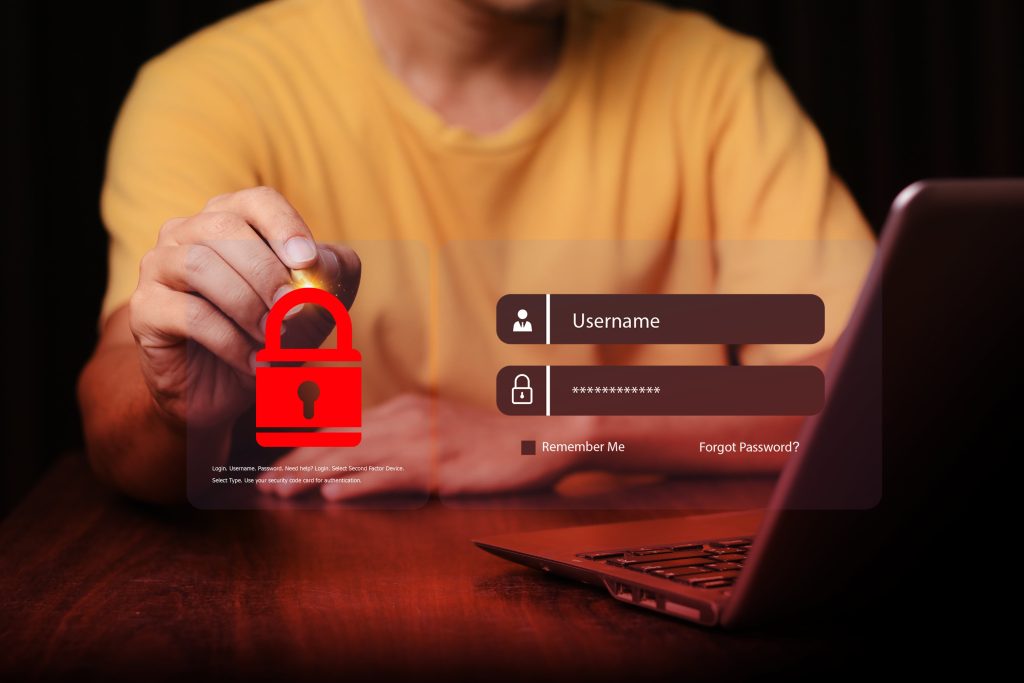Ever wonder how many times your email has been targeted by cybercriminals this week?
While you’re reading this, hackers could be probing your inbox for a way in. It’s no longer just about annoying spam. Email is a gateway to your most sensitive data—personal and business alike—and cyberattacks are becoming smarter and more dangerous every day.
In fact, 95% of IT leaders report cyberattacks are now more sophisticated than ever, and 51% have already encountered AI-powered threats in their organizations. The good news? With a few simple steps, you can significantly boost your email security and keep your inbox safe.
Here are six practical ways to strengthen your email defenses before the bad guys get in.

The Evolution of Phishing
Phishing began quite simply. Attackers would send out mass emails, hoping someone would take the bait. These emails were often crude, filled with poor grammar and obvious lies. Most people could spot them easily.
But times have changed, and attackers now leverage AI to refine their tactics. AI helps them quickly craft more convincing messages and target specific individuals, making phishing more effective and harder to detect.
1. Use Strong, Unique Passwords
Your password is your inbox’s first line of defense, and a weak one is like leaving the door unlocked. Hackers love weak passwords—they’re the easiest way in. But there’s a simple fix: use strong, unique passwords that are difficult to guess.
How to Create a Strong Password
A solid password has a mix of:
- Uppercase and lowercase letters
- Numbers
- Special characters (like
!,#,&)
Avoid using obvious information like your name, birthday, or anything a quick social media search could reveal. The more random and complex, the better.
Can’t Remember All Those Passwords? Use a Password Manager
We get it—no one likes juggling a bunch of passwords. Tools like Keeper or 1Password can store and generate strong passwords for every account, keeping you secure without the headache of remembering them all.
Never Reuse Passwords
Reusing passwords is like using the same key for all your locks. If one account is compromised, it’s a free pass to the rest. Make sure each account has its own unique password, especially your email.
2. Enable Two-Factor Authentication (2FA)
Even the best password isn’t invincible. That’s why two-factor authentication (2FA) is a must. It’s like adding a second lock to your door, requiring not just your password but also a code from your phone or another device.
Choosing the Right 2FA Method
There are several ways to set up 2FA:
- SMS codes: Sent to your phone
- Authenticator apps: Like Google Authenticator or Authy
- Hardware tokens: Physical devices that generate unique codes
It only takes a few minutes to set up, and it’s a huge leap forward in securing your email.
3. Be Cautious with Email Attachments and Links
Emails are the perfect disguise for cyberattacks. One click on a malicious link or attachment, and your system could be compromised. Phishing emails are getting more sophisticated, often looking like they’re from someone you know.
Verify the Sender
If you weren’t expecting an attachment or link, double-check. Reach out to the sender through another channel to confirm they actually sent it. For emails from unknown senders? Proceed with extreme caution, or better yet, don’t open them at all.
Scan Attachments with Antivirus Software
Don’t trust attachments blindly. Use antivirus software to scan them first. Even though many email providers offer built-in scans, adding your own layer of protection through trusted antivirus and EDR programs like SentinelOne can save you from a breach.
Hover Over Links Before Clicking
Before you click any link, hover over it to reveal the URL. If it looks suspicious or unfamiliar, don’t click! Instead, type the website directly into your browser to avoid malicious redirects.
4. Keep Your Email Software Updated
Cybercriminals often exploit software vulnerabilities to break into systems. That’s why it’s crucial to keep your email client up to date. Updates include security patches that protect against newly discovered threats.
Enable Automatic Updates
Most email programs and operating systems offer automatic updates. Turn this on so you don’t miss critical security patches. It’s an easy way to make sure your defenses are always up-to-date.
Check for Updates Manually
Even with automatic updates enabled, it’s smart to manually check for updates every so often. This ensures you’re running the most secure version of your email client and helps avoid any potential gaps in protection.
5. Use Encryption for Sensitive Emails
Encryption ensures that only the person you’re sending the email to can read it—even if hackers intercept it, they won’t be able to decode the message.
How to Encrypt Your Emails
Many email services like Gmail and Outlook offer built-in encryption options. For more advanced protection, tools like ProtonMail provide end-to-end encryption.
Make Sure Your Recipients Know How to Decrypt
If you’re sending encrypted emails, be sure the recipient knows how to decrypt them properly. Providing simple, clear instructions ensures that sensitive information stays safe on both ends.
6. Watch Your Email Activity
By reviewing your account activity regularly, you can catch suspicious behavior early and take swift action.
Set Up Activity Alerts
Many email providers offer activity alerts that notify you of unusual login attempts or changes to your account settings. Enable these alerts to stay informed about your account’s security in real time. And if you need assistance with setting this up or interpreting alerts, our IT help desk team is here to help.
Review Account Activity Regularly
Make it a habit to review your login history and check for unfamiliar devices. If something doesn’t look right, change your password immediately and investigate further. If you’re unsure how to address suspicious activity, our IT help desk team can provide guidance and ensure your security settings are up to date.
Boost Your Email Security Today
Cyberattacks aren’t going away, but you can significantly reduce your risk by taking a few simple actions. From stronger passwords to two-factor authentication and encryption, protecting your inbox is easier than you think.
Contact us today to learn more about how we can help you secure your email and keep your sensitive information safe.
Article used with permission from The Technology Press.


